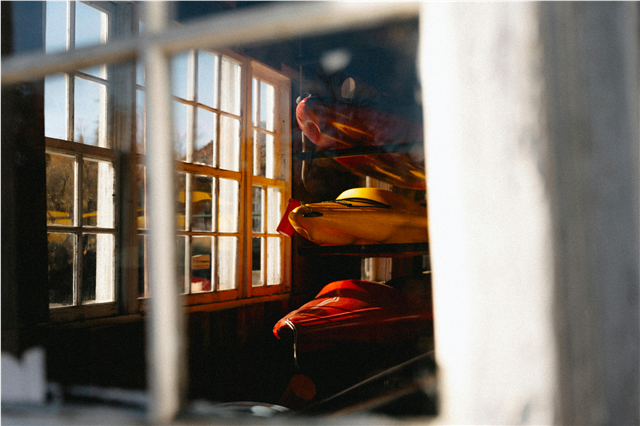
How is a golf club used to hit the golf ball in a round of golf?
Golf is a sport where precision meets power, and understanding how to properly use a golf club can transform your game from frustrating to fantastic. Whether you're a beginner picking up your first club or a seasoned player looking to refine your technique, mastering the fundamentals of hitting a golf ball is essential for success on the course.
The Fundamentals of Golf Club Usage
Understanding Your Grip: The Foundation of Every Shot
The way you hold your golf club determines nearly 80% of your ball's direction and distance. Here's how to grip properly:
The Basic Grip Technique:
- Place your lead hand (left hand for right-handed players) on the club with the grip running diagonally across your fingers
- Your thumb should point down the shaft toward the clubhead
- Your trail hand should overlap or interlock with your lead hand
- Hold the club primarily in your fingers, not your palms
- Maintain firm but relaxed pressure – about 5 out of 10 intensity
Interesting Fact: Professional golfers typically grip their clubs with the same pressure they'd use to hold a bird – firm enough to keep it from flying away, but gentle enough to avoid hurting it.
The Perfect Stance: Setting Yourself Up for Success
Your stance is crucial for generating power and accuracy:
Positioning Your Feet:
- Shoulder-width apart for most shots
- Lead foot slightly forward for better ball contact
- Weight evenly distributed between both feet
- Knees slightly bent for flexibility and balance
Body Alignment:
- Shoulders parallel to your target line
- Hips slightly open to create room for the swing
- Head positioned behind the ball for proper posture
The Mechanics of the Golf Swing
The Backswing: Building Potential Energy
The backswing is where you store energy for the powerful release:
- Start with the shoulders – Your arms should follow naturally
- Maintain your spine angle – Don't straighten up during the backswing
- Keep your lead arm straight – This maintains width in your swing
- Rotate your torso – Engage your core muscles for power
The Downswing: Releasing Stored Energy
The downswing is where technique meets physics:
The Sequence:
- Hips initiate – They should start moving toward the target before your arms
- Shoulders follow – About 30 milliseconds after your hips
- Arms and hands – They're the last to move, creating the whip-like action
- Impact position – Your body should be in perfect alignment with the ball
Did You Know? The clubhead can reach speeds of over 100 mph during a professional golf swing, yet the golfer maintains complete control through proper technique.
Types of Golf Clubs and Their Specific Uses
Woods: Distance Masters
Driver (1-Wood):
- Used for longest-distance shots, typically from the tee
- Requires maximum power and precision
- Launch angle: 8-12 degrees
- Average distance: 200-250 yards for amateurs
Irons: The Workhorses
7-Iron Example:
- Mid-range club for various distances
- Used for approach shots to greens
- Requires solid contact for accuracy
- Average distance: 120-150 yards
Wedges: Short Game Specialists
Pitching Wedge:
- High loft for short, controlled shots
- Essential for getting out of trouble
- Used around greens and from bunkers
- Distance range: 70-110 yards
Common Mistakes and How to Avoid Them
The Slice: Golf's Most Common Enemy
What causes it:
- Open clubface at impact
- Out-to-in swing path
- Poor grip pressure
How to fix it:
- Check your grip – ensure it's neutral
- Focus on swinging along your target line
- Practice with alignment aids
The Hook: Too Much of a Good Thing
What causes it:
- Closed clubface at impact
- In-to-out swing path
- Gripping too tightly
How to fix it:
- Weaken your grip slightly
- Focus on releasing the club through impact
- Check your stance width
Advanced Techniques for Better Ball Striking
The Sweet Spot: Where Magic Happens
Hitting the sweet spot consistently can improve your distance by 10-15 yards:
Finding Your Sweet Spot:
- Practice with impact tape or spray
- Focus on maintaining your spine angle
- Work on timing and rhythm
- Use slow-motion practice swings
Tempo and Timing: The Rhythm Factor
Professional golfers maintain a consistent tempo ratio of approximately 3:1 (backswing to downswing). This consistency creates predictable ball flight and better accuracy.
Amazing Fact: Tiger Woods' swing tempo is so consistent that his backswing takes exactly 0.8 seconds, regardless of which club he's using.
Equipment Considerations
Club Selection Based on Skill Level
Beginners should focus on:
- Fewer clubs to avoid confusion
- Higher lofted clubs for easier ball flight
- Lighter shafts for increased swing speed
Advanced players consider:
- Specific lofts for desired distances
- Shaft flex matching their swing speed
- Clubhead design for optimal performance
Maintenance: Keeping Your Clubs in Peak Condition
- Clean clubfaces after every round
- Check grip condition monthly
- Replace worn grooves
- Store clubs in a temperature-controlled environment
Practice Drills for Better Club Usage
The Towel Drill
Place a towel under your lead foot to encourage proper weight transfer and prevent swaying.
The Impact Bag Drill
Use an impact bag to practice proper impact position and build muscle memory for solid contact.
The Alignment Stick Drill
Place alignment sticks on the ground to ensure proper swing plane and direction.
Conclusion: Mastering Your Golf Club Usage
Using a golf club effectively is both an art and a science. It requires understanding the mechanics of your body's movement, the physics of the club's interaction with the ball, and the mental approach to execute consistent shots.
Remember, every professional golfer started exactly where you are now – learning how to properly grip, stance, and swing a golf club. With practice, patience, and proper technique, you'll soon be hitting shots that not only travel the desired distance but also fly where you're aiming.
The key is to focus on fundamentals, practice consistently, and never stop learning. Golf is a lifelong journey of improvement, and mastering how to use your golf club is the foundation upon which all great golf is built.
Whether you're hitting a driver off the tee for maximum distance or delicately chipping with a wedge around the green, the principles remain the same: proper grip, solid stance, smooth tempo, and focused execution. With these elements in place, you'll be well on your way to enjoying the game of golf to its fullest.
Ready to improve your golf game? Start with mastering these fundamentals and remember – every great golfer was once a beginner who refused to give up.


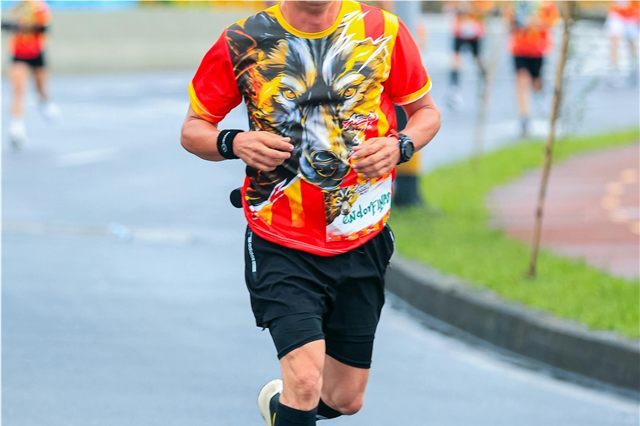
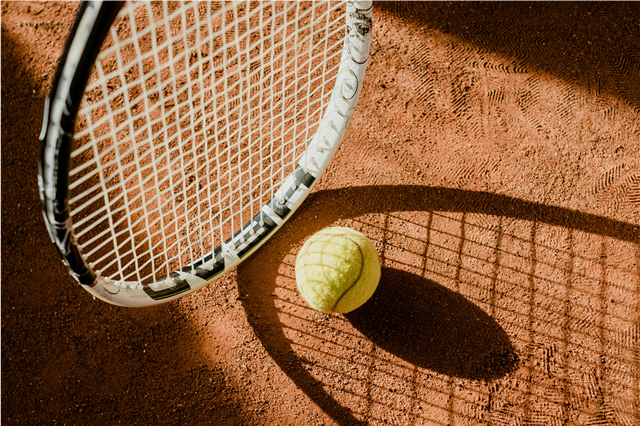
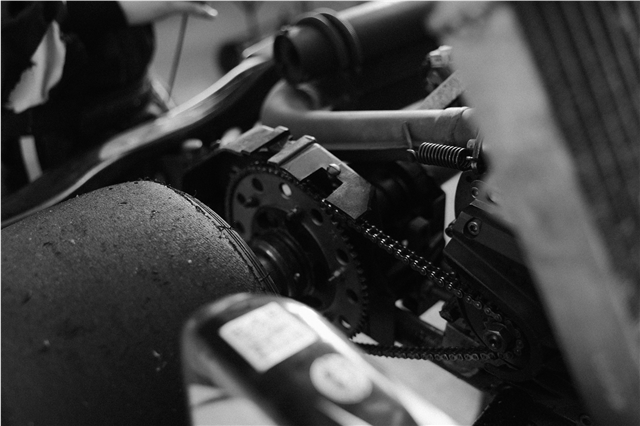


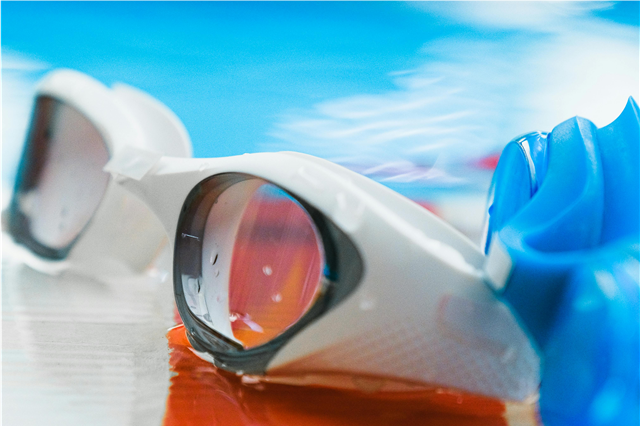








Post Comment